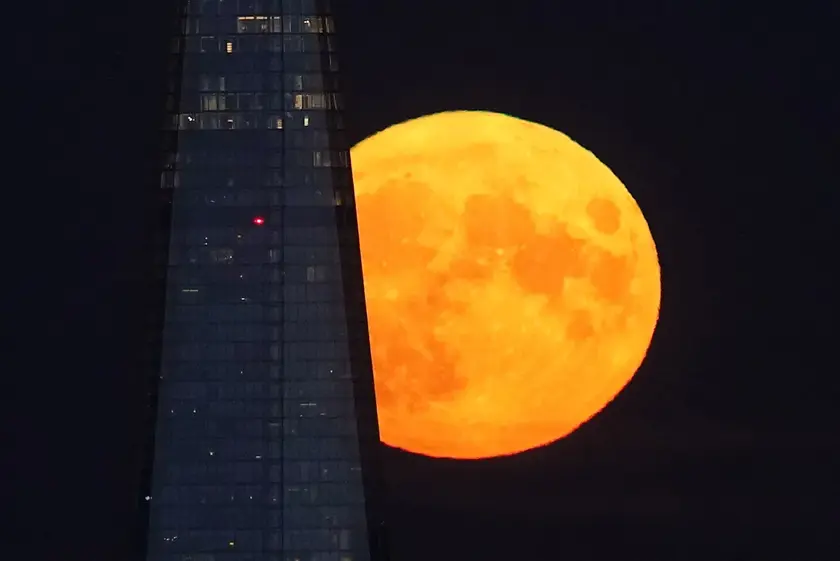T4K3.news
Sturgeon Moon rises this weekend
The August full Moon named Sturgeon Moon rises Friday night and may align with the Perseid meteor shower.
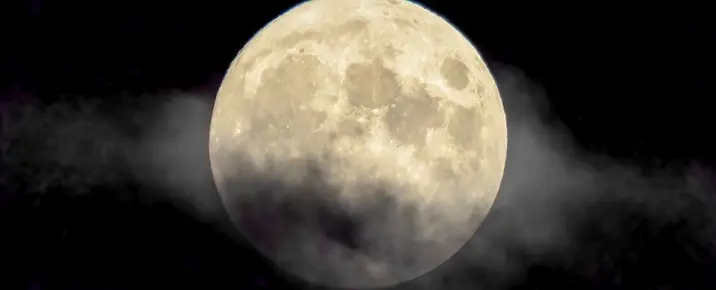
August full Moon named Sturgeon Moon invites readers to notice both celestial beauty and wildlife protection.
Sturgeon Moon Lights August Skies and Triggers Conservation Debate
The full Moon for August rises on August 8 and 9. It is called the Sturgeon Moon in the Farmer Almanac tradition. The name reflects late summer fishing in the Great Lakes region and the importance of sturgeon. The Moon is opposite the Sun, so it climbs in the eastern sky at sunset and is brightest in the early hours of August 9. The Perseid meteor shower peaks around August 13, and the Moon's bright light may wash out some meteors. Sturgeon are large freshwater fish with a long history, and some populations are endangered in several areas due to overfishing, habitat loss, and pollution. Names for August Moon vary by culture and place, reflecting harvests and ecosystems.
Key Takeaways
"Moon names carry weight beyond the night sky"
editorial observation
"Conservation should shine alongside celestial light"
conservation perspective
"The public eye on sturgeon can shape habitat protection"
policy implication
"Wonder and stewardship can share the same sky"
emotional
The article uses a sky event to explore culture and ecology. Naming the month after a fish ties the night to local water life, but it can also reduce complex Indigenous and regional knowledge to a single label. The piece invites readers to see how tradition and science meet and how public interest in the sky can support wildlife protection.
Public engagement with the Moon offers a chance to educate people about conservation, not just astronomy. The risk is to hype the story without addressing real threats like habitat loss, pollution, and overfishing. The goal is to keep wonder and care together so the Moon inspires action for living ecosystems.
Highlights
- Moon names carry weight beyond the night sky
- Conservation should shine alongside celestial light
- The public eye on sturgeon can shape habitat protection
- Wonder and stewardship can share the same sky
Conservation concerns linked to an astronomical feature
The article mentions the endangered status of sturgeon and the possible policy and public reaction implications. This could invite backlash from fishing groups or political groups debating wildlife protection and funding.
Let the light of the Moon remind us to care for what lives in our waters.
Enjoyed this? Let your friends know!
Related News
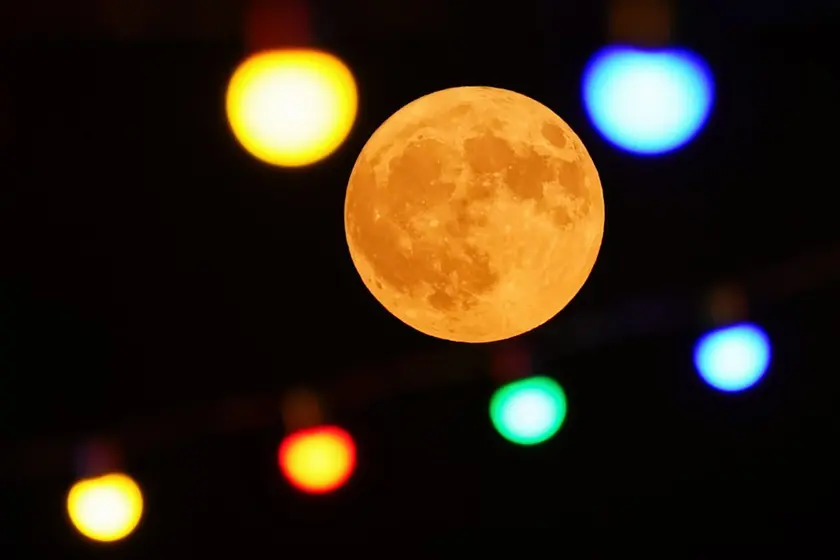
Sturgeon Moon 2025 visible this weekend
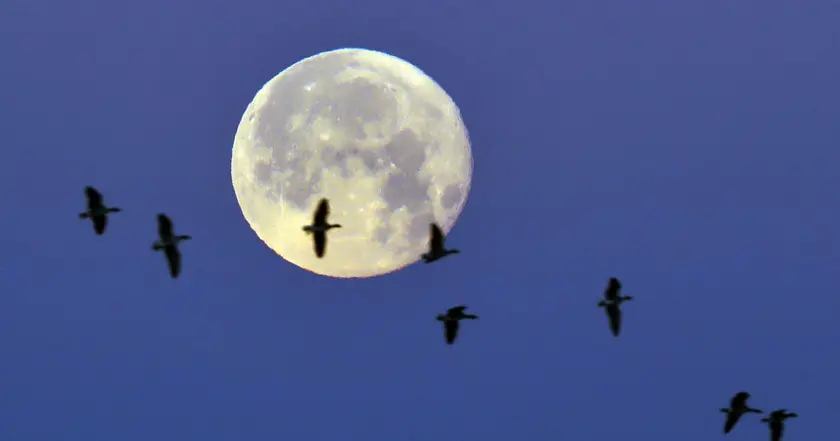
Sturgeon Moon and meteor shower peak this weekend

Sturgeon Moon and Perseids visible together in UK

August Sturgeon Moon display

Perseids peak shadowed by full Moon
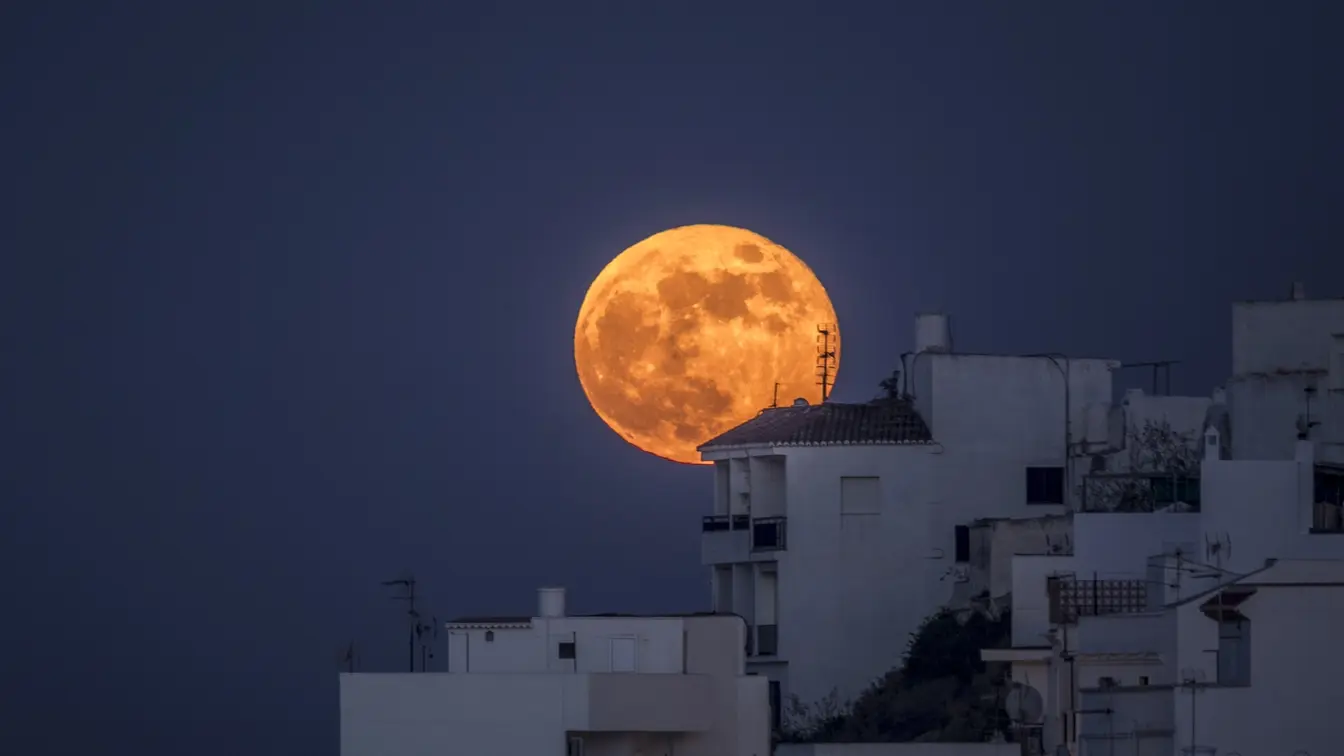
Sturgeon Moon to rise twice in August
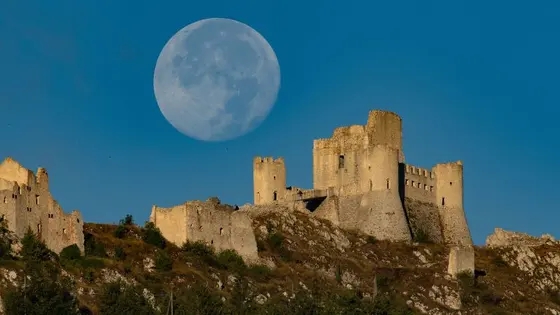
August full sturgeon moon peaks this weekend
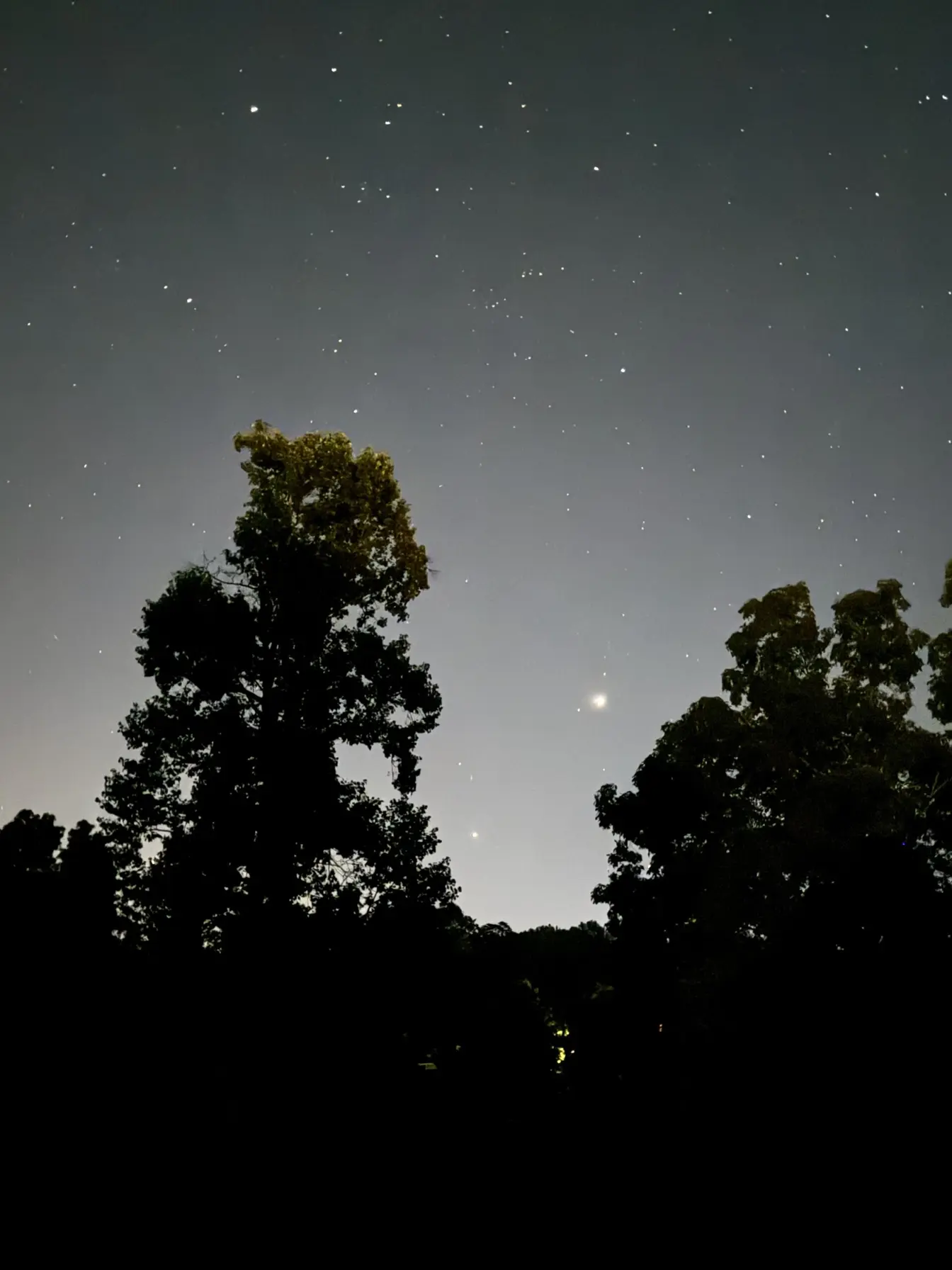
Sturgeon Moon Shines in August Sky
